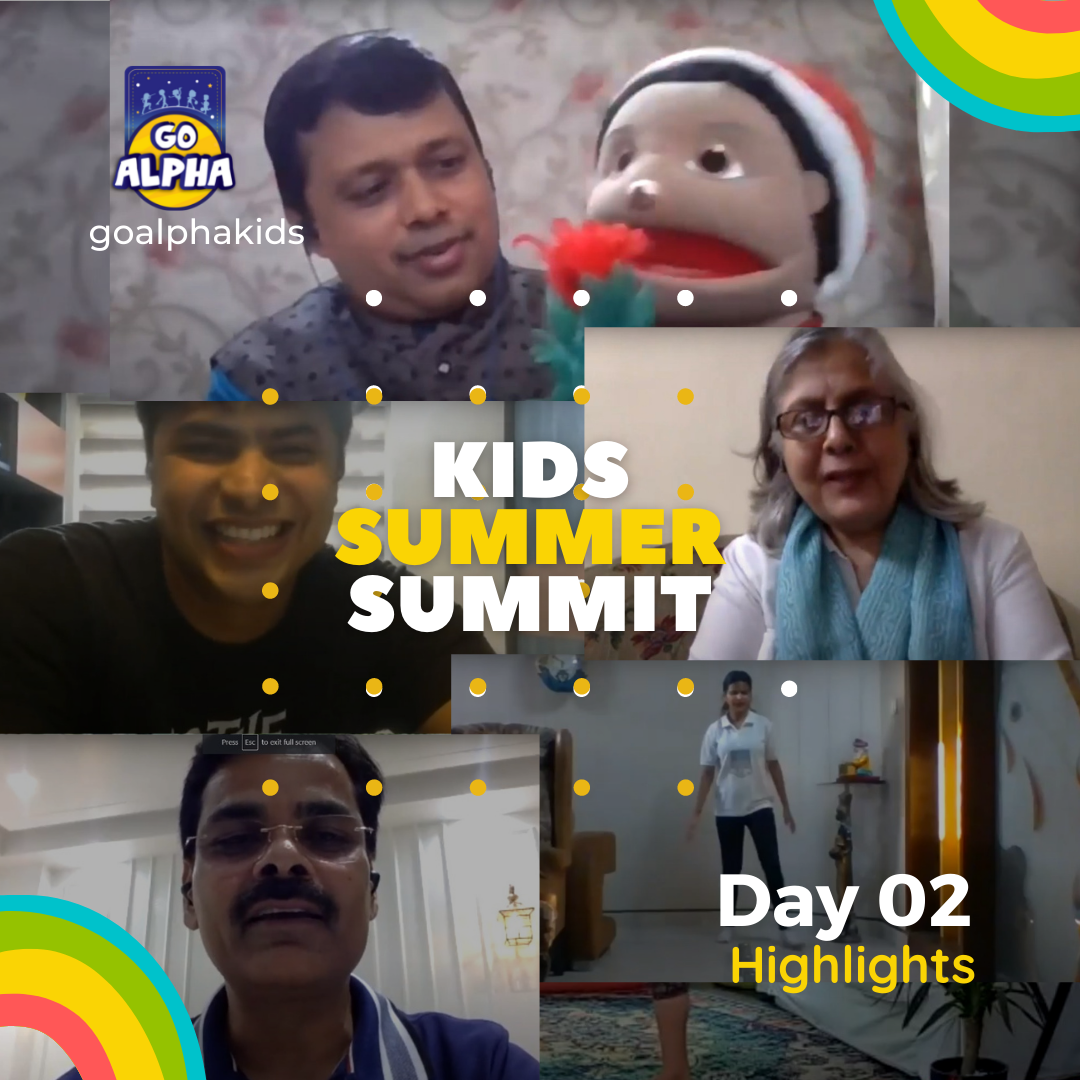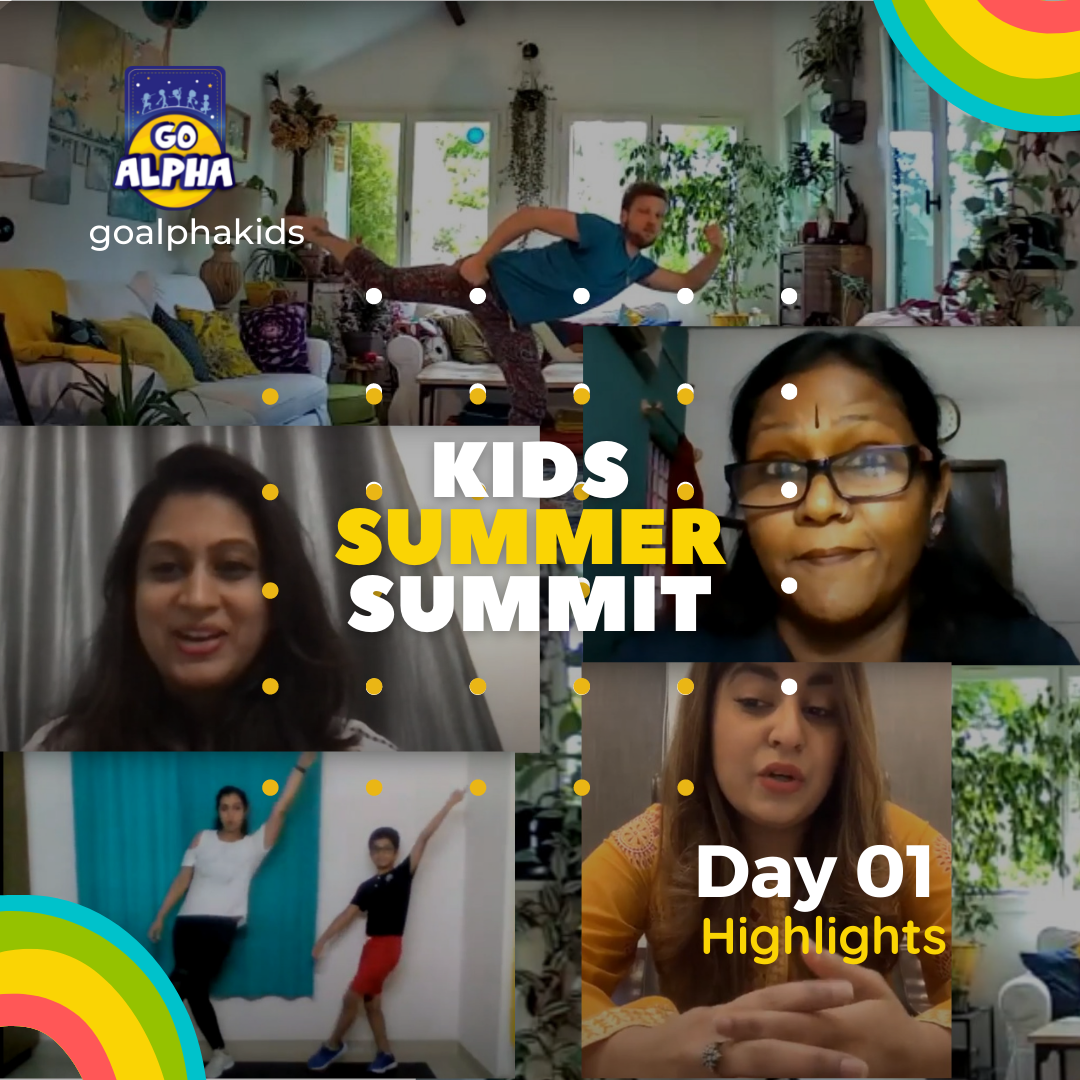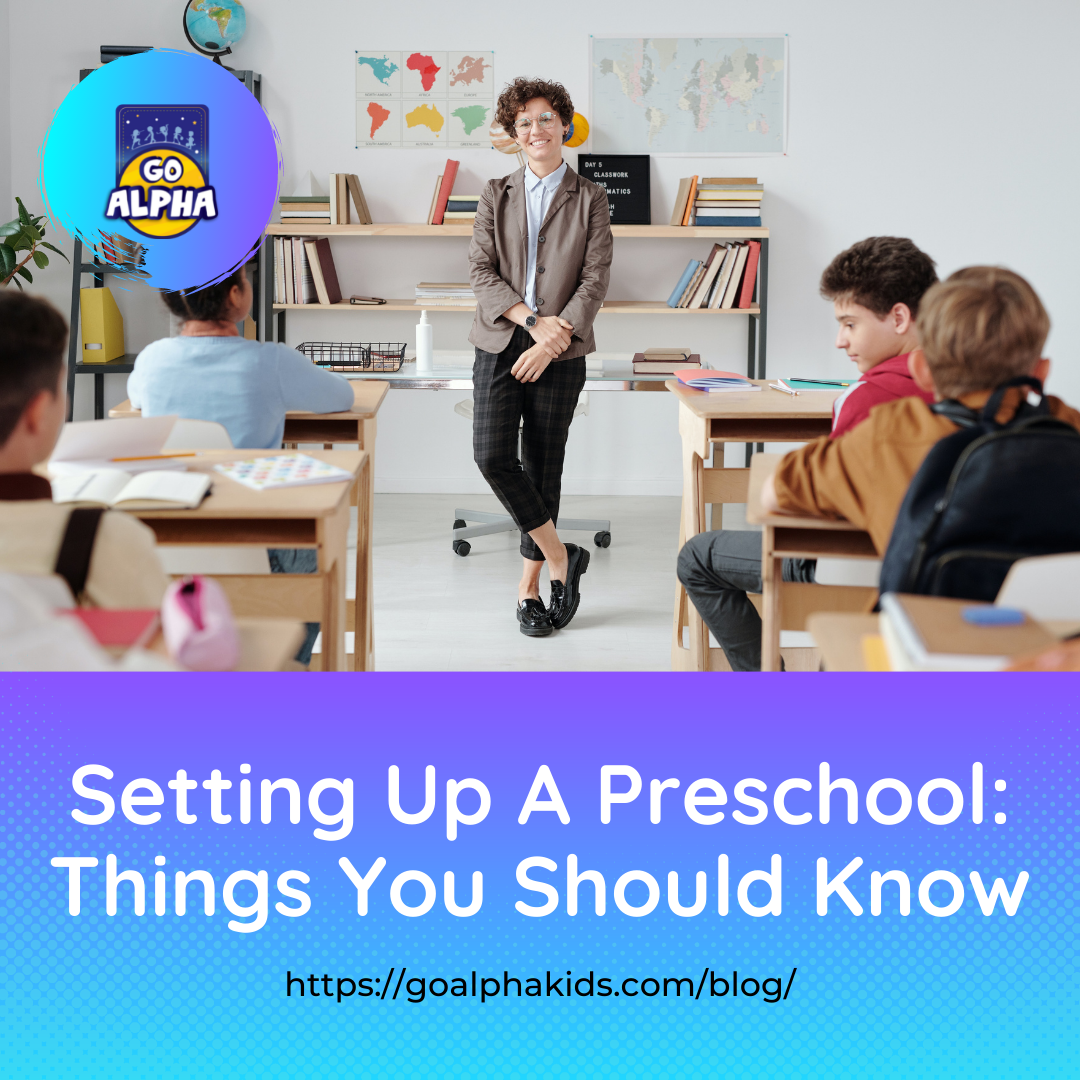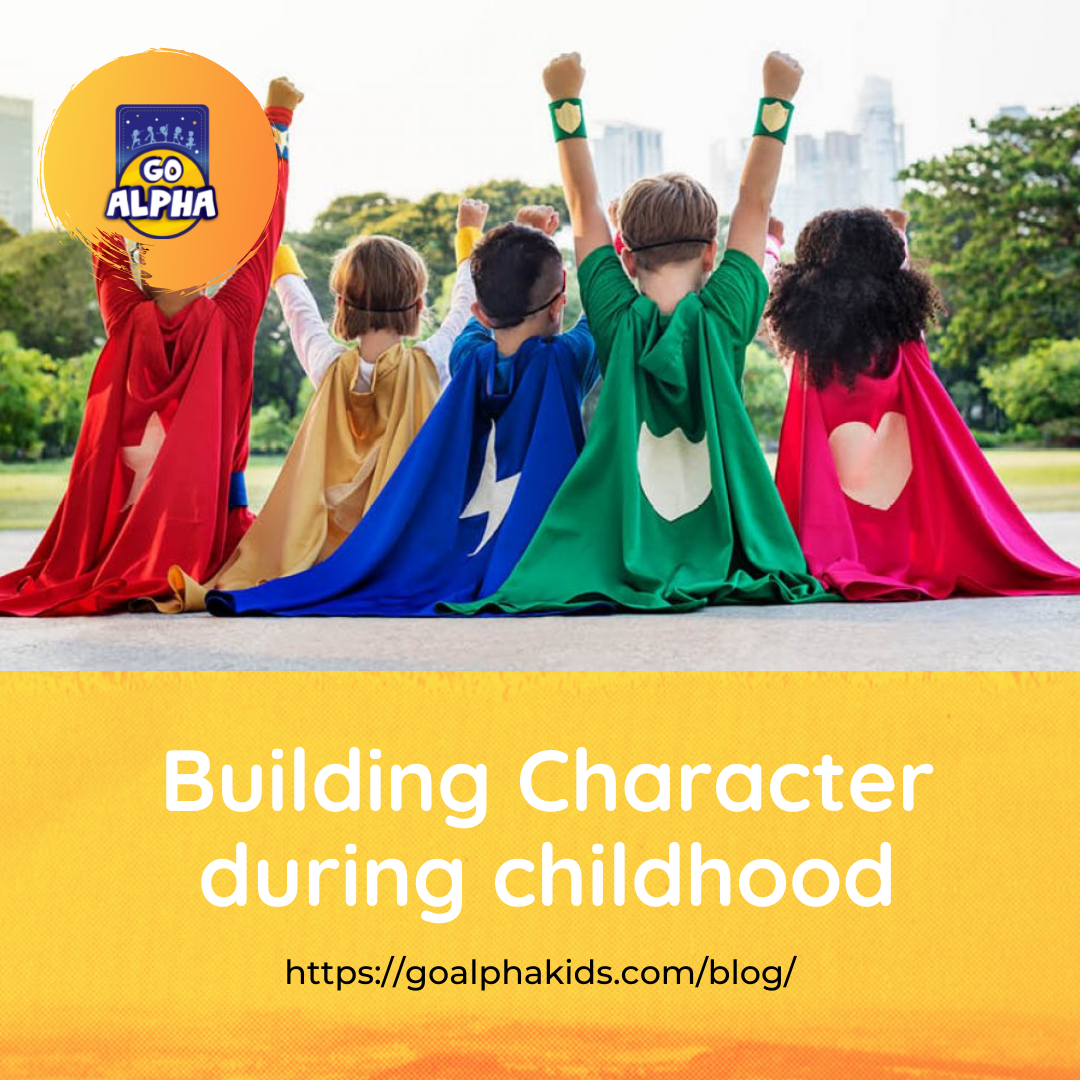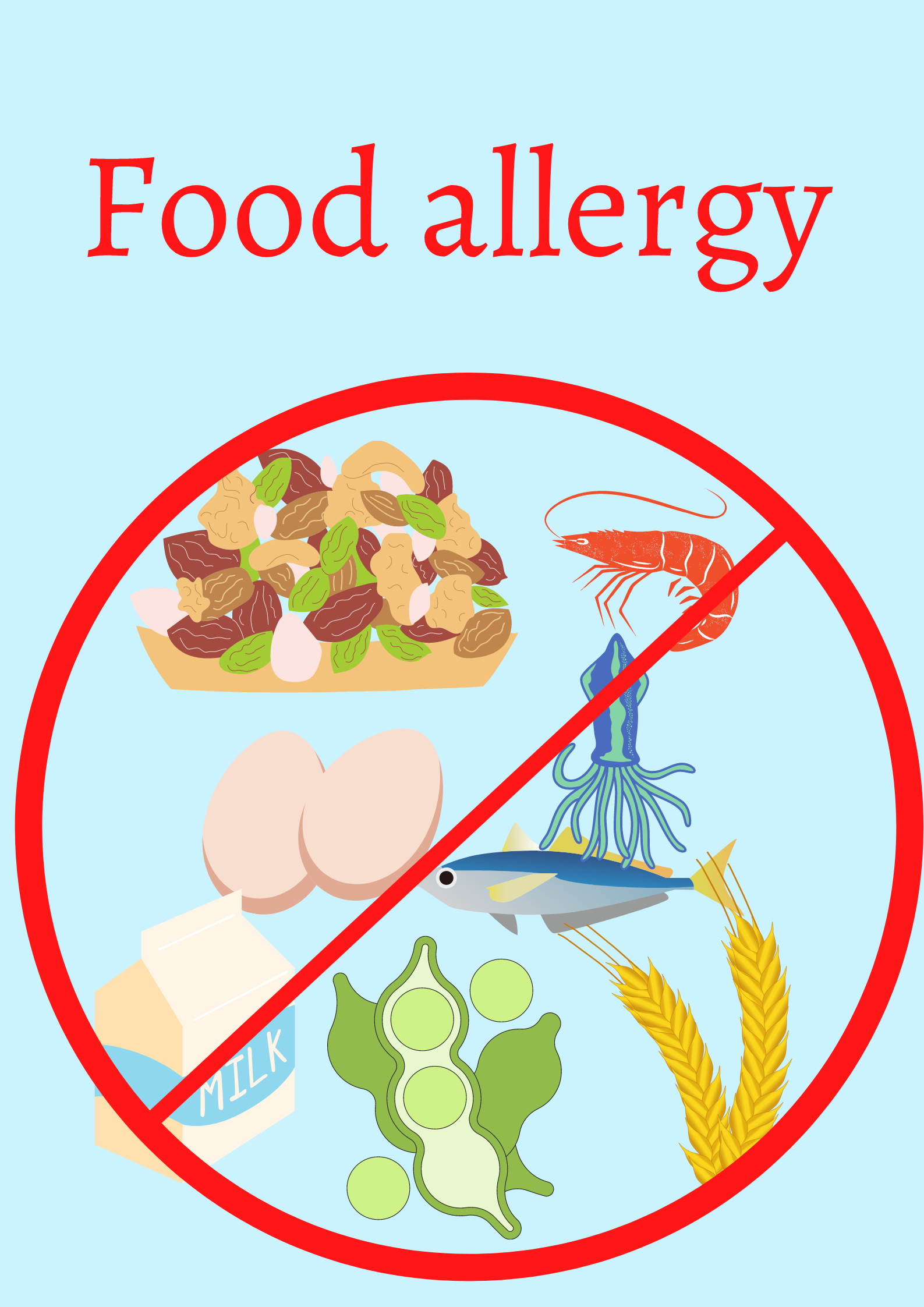

Food Allergy: food allergies your kid may have.
A food allergy is a condition in which certain foods trigger an abnormal immune response of the body. Food allergies can develop at any age. Some can appear in childhood and disappear later in life, while some may last forever. If you find your child saying “I’m feeling heaviness in my throat” or “I am unable to breathe” soon after a meal, it may be because of the food they had. don’t dismiss your kids when they complain to you to make sure you confirm what might be causing discomfort. Other symptoms of an allergy may include;
- wheezing
- trouble breathing
- coughing
- Hoarseness (abnormal voice changes)
- throat tightness
- belly pain
- Vomiting
- Diarrhea (frequent, loose, watery stools)
- itchy, watery, or swollen eyes
- Hives (raised red bumps of skin )
- red spots
- swelling
- a drop in blood pressure, causing lightheadedness or loss of consciousness (passing out).
Anaphylaxis: it is a severe allergic reaction and occurs within minutes.
Symptoms of a severe allergic reaction (anaphylaxis) include:
- difficult or noisy breathing
- swelling of the tongue
- swelling or tightness of the throat
- difficulty talking or a hoarse voice
- wheeze or persistent cough
- persistent dizziness or collapse
- paleness and floppiness in young children.
Even if you are careful, it is difficult to avoid all contact with a specific food. If your child has a severe allergic reaction (anaphylaxis), call for an ambulance to take you to the emergency room or if you have a plan of action you can self administer epinephrine auto injection.
Here are the commonly known food allergy that can cause any of the above symptoms, they include;
Egg allergy
This is the most common form of allergy in kids. The trigger that causes food allergies in eggs is egg protein like conalbumin, ovomucoid and ovalbumin. While most children who are allergic to eggs become tolerant over time (mostly after the age of 16), some individuals remain allergic their entire lives.
Symptoms
Egg allergy reactions vary from person to person and usually occur soon after exposure to eggs. This include:
- Skin inflammation or hives
- Nasal congestion, runny nose and sneezing
- Digestive symptoms, such as cramps, nausea and vomiting
- Asthma signs and symptoms such as coughing, wheezing, chest tightness or shortness of breath
- Anaphylaxis
Dietary advice
- avoid eggs and foods with egg in them like, Marshmallows, Mayonnaise, most pastas, Baked goods, Breaded foods, salad dressing etc.
- Find other egg substitutes to add in diet like nut butter and yogurt etc.
- Look out for foods with another name of egg protein like Albumin, Globulin, Lecithin, Livetin, Lysozyme, Vitelline etc.
Seafood allergy
Allergies to shellfish and fish are more common in adults and adolescents than in young children. The types of seafood that can cause allergies include scaly fish (like salmon, tuna, catfish & cod) and shellfish, including mollusks (such as oysters, mussels and squid) and crustaceans (such as prawns, crayfish).
Symptoms
Fish and shellfish allergic reactions can occur after eating seafood, but you can also have symptoms after touching seafood or inhaling fumes from shellfish or fish while they are being cooked or processed in a factory.
Milder allergic symptoms that can occur before a severe allergic reaction include:
- hives
- swelling of the lips
- tingling of the throat and mouth
- itchy skin and rash
- runny nose
- Tightening of the throat
- Digestive symptoms – cramps, stomach pain, nausea or vomiting
Dietary advice
The only current treatment for food allergies is to avoid the food that causes your allergy. Always read ingredient labels to identify shellfish ingredients. In addition, avoid touching shellfish, going to the fish market, and being in an area where shellfish are being cooked (the protein in the steam may present a risk).
Milk allergy
Many children may be allergic to cow’s milk. It can also be passed to the child indirectly through breast feeding. Many children out-grow of the allergy once adults but one fifth of them are said to have it in their adulthood too.
Symptoms
Immediate signs and symptoms of milk allergy might include:
- Hives.
- Wheezing.
- Itching or tingling feeling around the lips or mouth.
- Swelling of the lips, tongue or throat.
- Coughing or shortness of breath.
- Vomiting.
Dietary advice
- Avoid all milk and dairy products like cheese, butter, yogurt, ice cream, pudding etc.
- Avoid all foods containing milk like baked goods, coffee creamer, cake mix, salad dressing etc.
- Also look out for foods with milk protein like artificial butter of cheese flavour, caseins, curd, ghee, whey or whey products etc.
- substitute with plant milk like oat milk, almond milk, soy milk etc.
Nuts and seeds allergy
Nut allergy is the allergy of either tree nuts (almond, cashew, chestnuts), peanuts and seed (Sesame seeds, sunflower seeds etc.). Peanuts is one of the most common allergies in children and although the allergy will improve with time for some, for others it will become worse. People who are allergic to peanuts will not necessarily be allergic to tree nuts or seeds and vise versa.
Symptoms
Allergic symptoms that can occur before a severe allergic reaction include:
- hives
- swelling of the lips
- tingling of the throat and mouth
- itchy skin and rash
- runny nose
- Tightening of the throat
- Digestive symptoms – cramps, stomach pain, nausea or vomiting
Dietary advice
- The only current treatment for food allergies is to avoid the food that causes your allergy
- Avoid foods with nuts or seeds in them like baked goods, cookies, candy, pie crust etc.
Soybean allergy
Allergy to soy, a product of soybeans, is a common food allergy. Often, soy allergy starts in infancy with reaction to soy-based infant formula. Although most children outgrow soy allergy, some carry the allergy into adulthood.
Symptoms
For most people, soy allergy is uncomfortable but not serious. Rarely, however, an allergic reaction to soy can be frightening and even life-threatening. Signs and symptoms of a food allergy usually develop within a few minutes to hours after eating a food containing the allergen.
Soy allergy symptoms can include:
- Tingling in the mouth
- Hives; itching; or itchy, scaly skin (eczema)
- Swelling of the lips, face, tongue and throat, or other body parts
- Wheezing, a runny nose or breathing difficulty
- Abdominal pain, diarrhea, nausea or vomiting
- Skin redness (flushing)
Dietary advice
- Avoid all soy and soy products like soy milk, cheese, yogurt, flour, tofu, paneer, soy sauce etc.
- Look out for products containing soy in different names like glycine max, Hydrolyzed vegetable protein (HVP), Hydrolyzed plant protein, Textured vegetable protein (TVP), Monoglyceride, Monosodium glutamate (MSG) etc.
Wheat allergy
Wheat allergy is an allergic reaction to foods containing wheat. Allergic reactions can be caused by eating wheat and also, in some cases, by inhaling wheat flour.
Symptoms
A child or adult with wheat allergy is likely to develop signs and symptoms within minutes to hours after eating something containing wheat. Wheat allergy signs and symptoms include:
- Swelling, itching or irritation of the mouth or throat
- Hives, itchy rash or swelling of the skin
- Nasal congestion
- Headache
- Difficulty breathing
- Cramps, nausea or vomiting
- Diarrhea
Dietary advice
Avoiding wheat is the primary treatment for wheat allergy, but that isn’t always as easy as it sounds. Wheat is found in many foods like Breads and bread crumbs, Cakes, muffins and cookies, Breakfast cereals, Pasta, Couscous, Farina, Semolina, and including some you might not suspect, such as soy sauce, ice cream and hot dogs. foods to eat include amaranth, barley, corn, oat, quinoa, rice, rye and tapioca.
REFERENCES
5 Common Food Allergens in India (published by RRMCH blog) https://www.rrmch.org/blog/5-common-food-allergens-in-india/
Living With a Milk Allergy (published by WebMD) https://www.webmd.com/allergies/milk-allergy#:~:text=Dairy%20products%20are%20an%20important,a%20well%2Dbalanced%20eating%20plan.
Nut allergies (published by better health channel) https://www.betterhealth.vic.gov.au/health/ConditionsAndTreatments/nut-allergies#:~:text=Symptoms%20of%20peanut%2C%20tree%20nut,%2C%20cramps%2C%20nausea%20or%20vomiting.
Soy allergy (published by mayoclinic) https://www.mayoclinic.org/diseases-conditions/soy-allergy/symptoms-causes/syc-20377802#:~:text=Allergy%20to%20soy%2C%20a%20product,in%20and%20around%20the%20mouth.
Shellfish and fish allergies (published by better health channel) https://www.betterhealth.vic.gov.au/health/ConditionsAndTreatments/shellfish-and-fish-allergies#:~:text=Symptoms%20of%20fish%20or%20shellfish,%2C%20diarrhoea%2C%20nausea%20or%20vomiting.
Egg allergy (published by mayoclinic) https://www.mayoclinic.org/diseases-conditions/egg-allergy/symptoms-causes/syc-20372115
Wheat allergy (published by mayoclinic) https://www.mayoclinic.org/diseases-conditions/wheat-allergy/symptoms-causes/syc-20378897#:~:text=Wheat%20allergy%20is%20an%20allergic,cases%2C%20by%20inhaling%20wheat%20flour.
Related Blogs
FREE Sports class Demo at your preschool
Please fill the form to get more information and set up a FREE Go Alpha Demo at your preschool.
